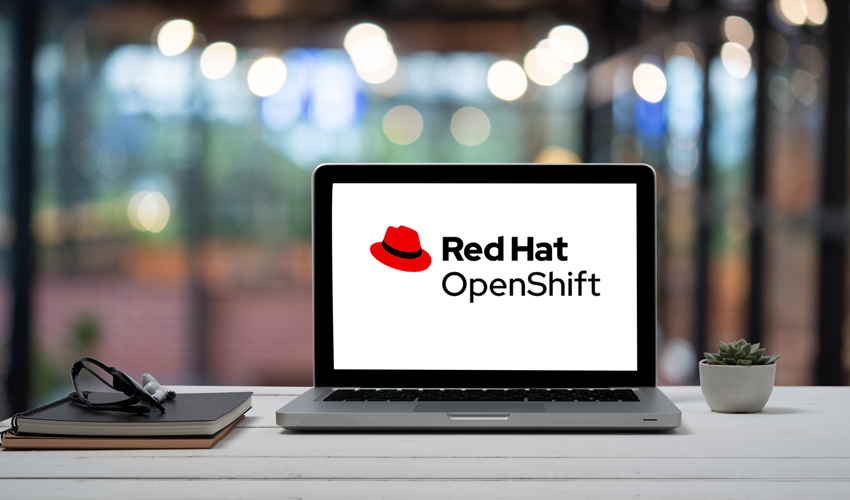Want to Upgrade RHEL 8.3? Here’s the Best Way to Upgrade to RHEL 8.4

Red Hat Enterprise Linux (shortened to RHEL) 8.4 is now available for the Linux customers. RHEL 8.4 has various updates and enhancements for developers, designers, and production teams. So now you can download the latest version from Red Hat’s official site.
But before downloading RHEL 8.4 you might want to have a sneak peek at all the new features offered by this model. This article will explain that and then will take you through the upgrade procedure using the dnf command-line option.
About RHEL 8.4
RHEL 8.4 offers a definitive guide from development to deployment. It helps teams collaborate within a single open platform that includes tools and analytics required for building and managing these systems. The latest tools, advanced container capabilities, and programming languages included in RHEL 8.4 allow the developers to perform any task with a new set of codes faster.
New software updates available in RHEL 8.4 are Redis 6, Python 3.9, MariaDB 10.5, PostgreSQL 13, LLVM/Clang, GCC 10, Go 1.15, and Rust 1.49.
When it comes to hardware support, Intel Tiger Lake GPUs are supported now by RHEL. These GPUs come with Intel Xe and Intel UHD graphics.
How to Upgrade RHEL 8.3 to RHEL 8.4
Before starting the significant RHEL version upgrade, keep verified RHEL 8.x backups.
At first, login as a root user by typing:
ssh ec2-user@rhel-8-ec2-box
Then, note the current kernel with the help of following commands.
$ uname -a $ uname -r $ cat /etc/os-release
You can use Ansible to upgrade or update RHEL running at Google Cloud or AWS. Another way is to use updated images to get rid of earlier instances. Now let's follow the commands given below in a step-by-step guide to upgrade RHEL 8.3.
#1: Take Backups
Always take a backup before updating your current distro because if you don’t you’ll lose all your data and important files saved in the computer. And you must use bash or any modern shell while executing the actions given in this article.
#2: Check for Updates
To check for updates type the following command.
$ sudo dnf check-update
#3: Upgrading RHEL 8.3 to 8.4
To apply or install updates, type the following Linux command.
Source: Linux Journal - The Original Magazine of the Linux Community
